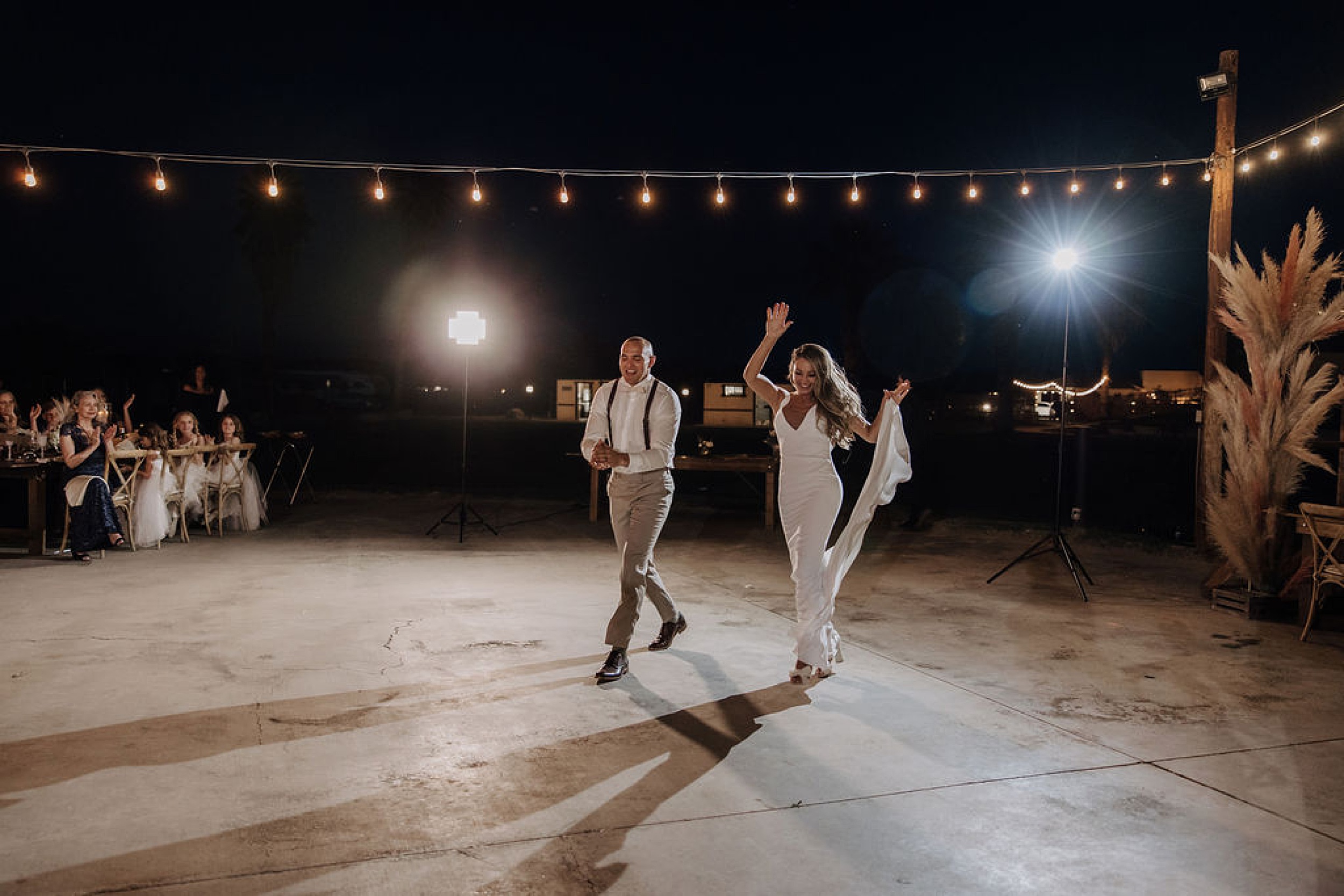

Wedding Lighting Tips: How to Get the BEST Wedding Photos!
Today we’re talking all about wedding lighting + location tips!! I’m going to guide you through how lighting works + how to get the best wedding photos ever.
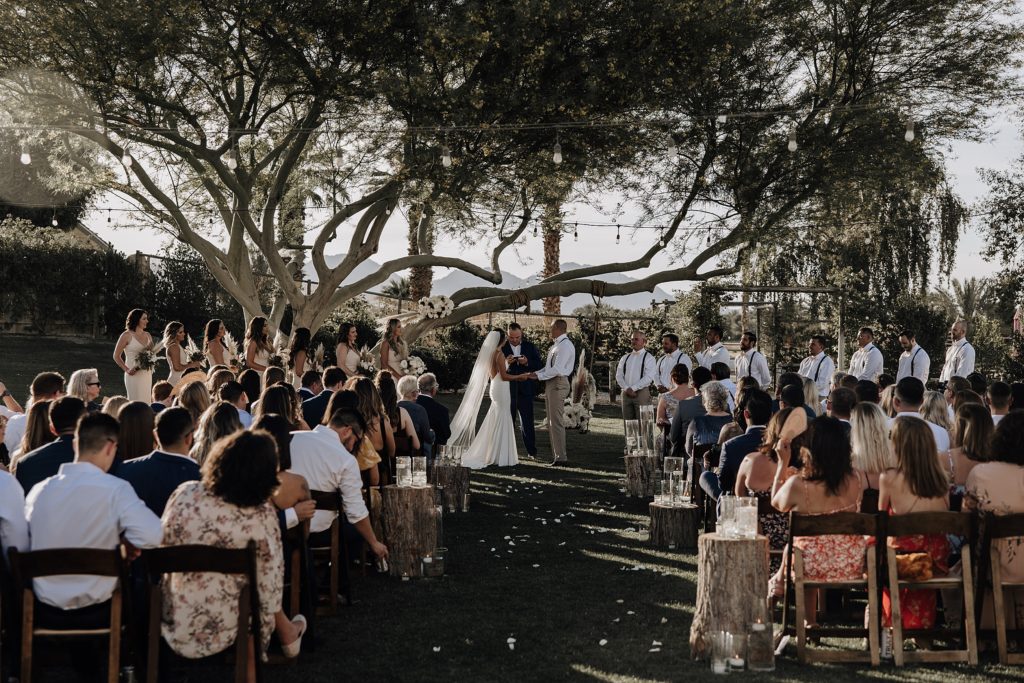
Here’s what I’ll go through in this post about wedding lighting:
- Why lighting is so dang important
- The main types of lighting scenarios
- The typical wedding day lighting scenarios I encounter
- How to use lighting to your advantage on your wedding day
- How lighting + location go hand-in-hand
Let’s get into it!! I can’t wait for you to learn about all things lighting in this post!
Why is lighting so important?
First off, why is lighting so dang important?? If you’re not a photographer or visual artist of any kind you might not know the answer to that. And that’s okay! That’s what I’m here for + why you hire me as the professional.
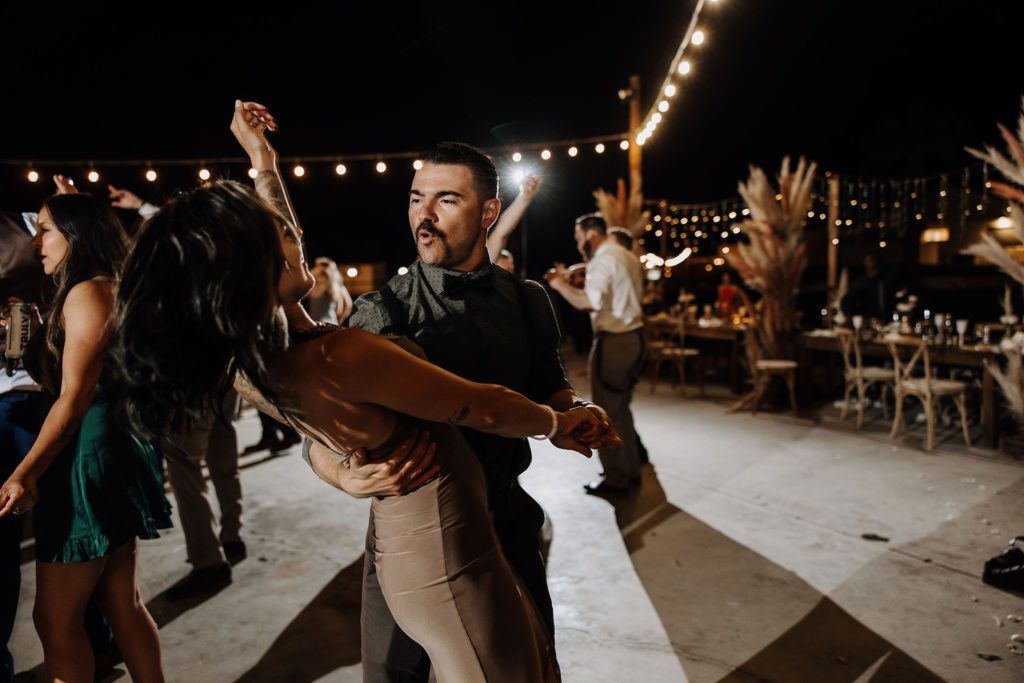
Lighting is so so important for two main reasons:
- Lighting affects the mood of the location you’re at – bright light/sun can bring warmth + joy, and overcast lighting might make the vibe more somber.
- The lighting around you affects how you look/what features are highlighted – if you have bright light shining on you, you might squint your eyes, and in photos you’ll be able to see more details on your face. If the sun is setting behind you, you’ll have more of a glowy look around you + the light will hit you more gently.
Often I’ll have couples look at my work and see photos at sunset that they LOVE. It’s golden hour, the sun is soft, and the photos look magical! And then we get to their wedding day only for it to be rainy and golden hour doesn’t happen: this is where you might either get disappointed, or you’ll appreciate the light in a different way!
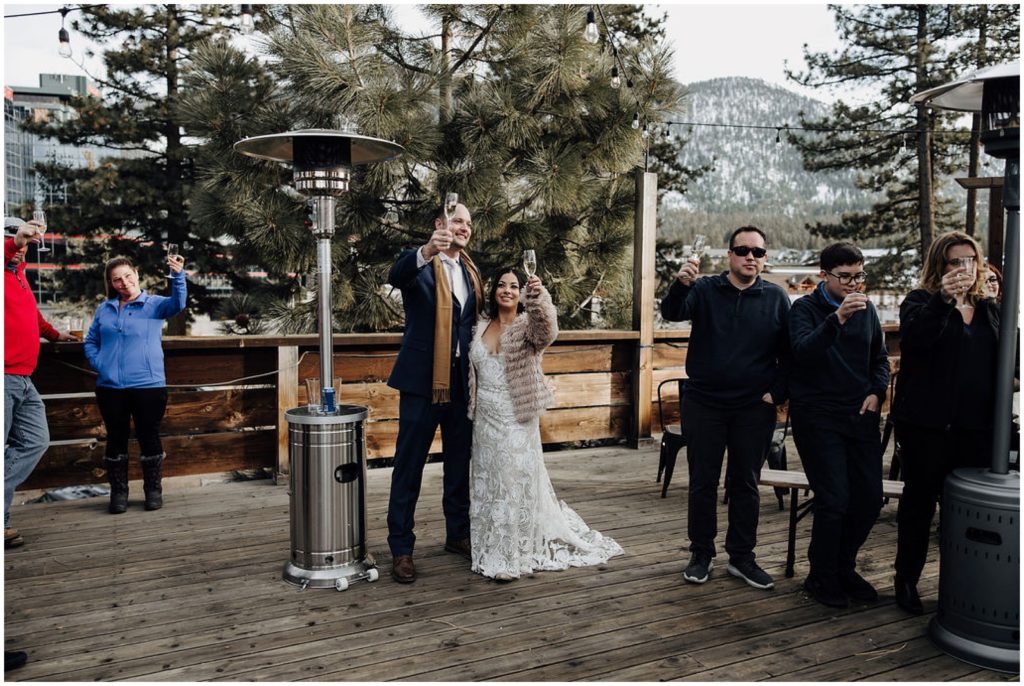
My main goal with writing this post is to teach you about how light will affect your wedding day, and also to encourage you to just go with the flow when it comes to light caused by weather!! Weather HUGELY affects lighting and the last thing I want is for you to be disappointed if it’s stormy and the lighting is different than you thought it would be. I hope this helps you appreciate all the types of lighting and be confident that your photos will turn out beautifully no matter what!!
The main types of lighting scenarios
Let’s briefly go through the main types of lighting scenarios that we face day-to-day, from when the sun comes up to when it goes down:
Daylight
There are two types of daylight you can get: direct sunshine + overcast light.
Direct light
Direct light is when the sun is shining right on your face. During the day the sun gets so high in the sky that it’s harder to position the sun behind you to light you from behind – instead, the sun shines down and creates shadows on your face + makes it super easy to see all the details on your face/head.
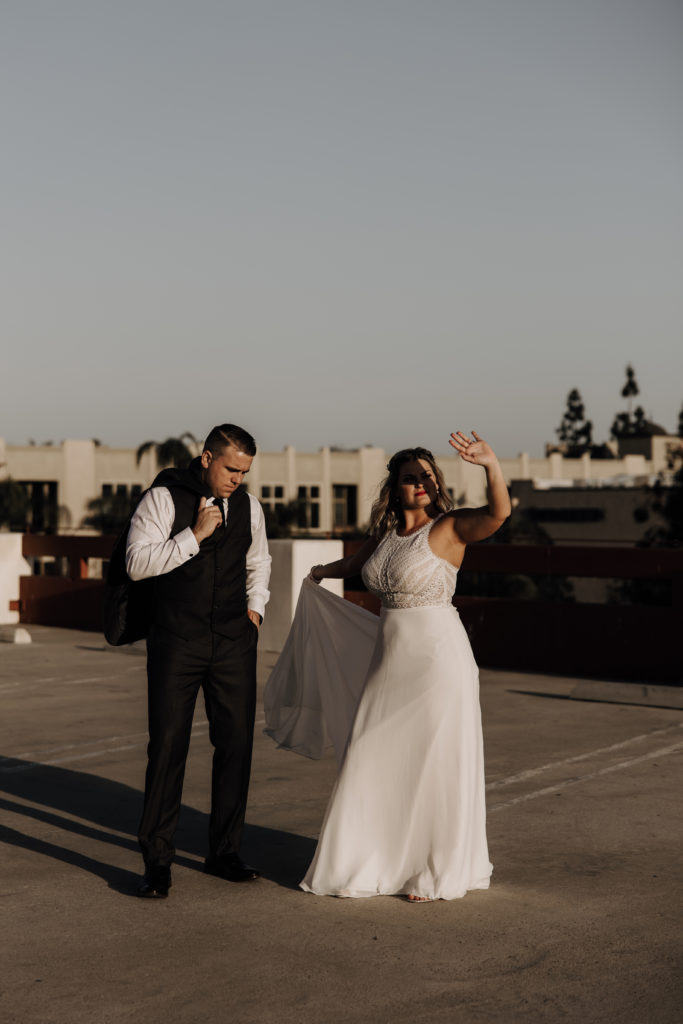
Direct sunlight gets a bad rap, but it’s really not a bad thing at ALL!! We’ll just end up getting more creative with the light since there will be more shadows + I’ll have to get juuuust the right angles. But if you love moody, artsy photos, direct sunlight is the best because of the deep shadows we get! Shadows for the win in my opinion.
Overcast light
Overcast light is what happens when it’s, well, overcast out. Maybe it’s rainy or just super cloudy, and the sun is covered by clouds. That gives us a super soft, even light that is so so beautiful in photos! It might be easy to get sad if the sun isn’t out during your photos, but I promise overcast light creates the most beautiful soft look. This is because we don’t have to worry about shadows or the sun shining in your eyes – no matter what angle we shoot at, the light will be even!
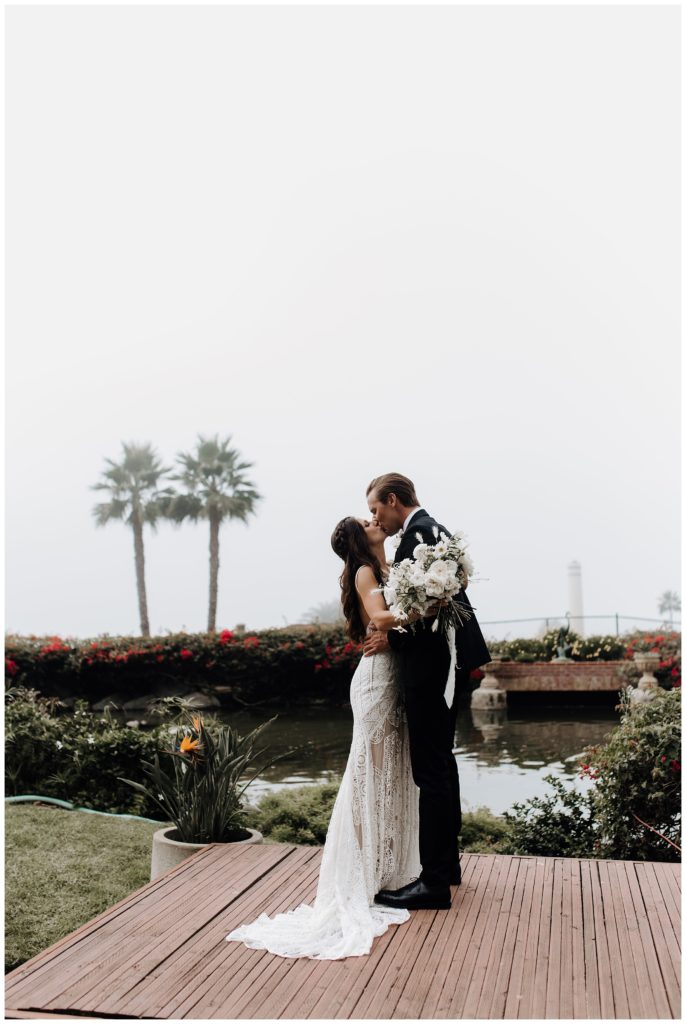
Bright white light
Bright white light happens around two hours before sunset. It’s when the sun is starting to go down in the sky, but isn’t quite getting to that golden feel yet. The sun is at a point where I can position the light behind you, and if it’s sunny out, it’ll be a pretty bright light that gives your photos a white look in the background. It’s a beautiful and bold look!!
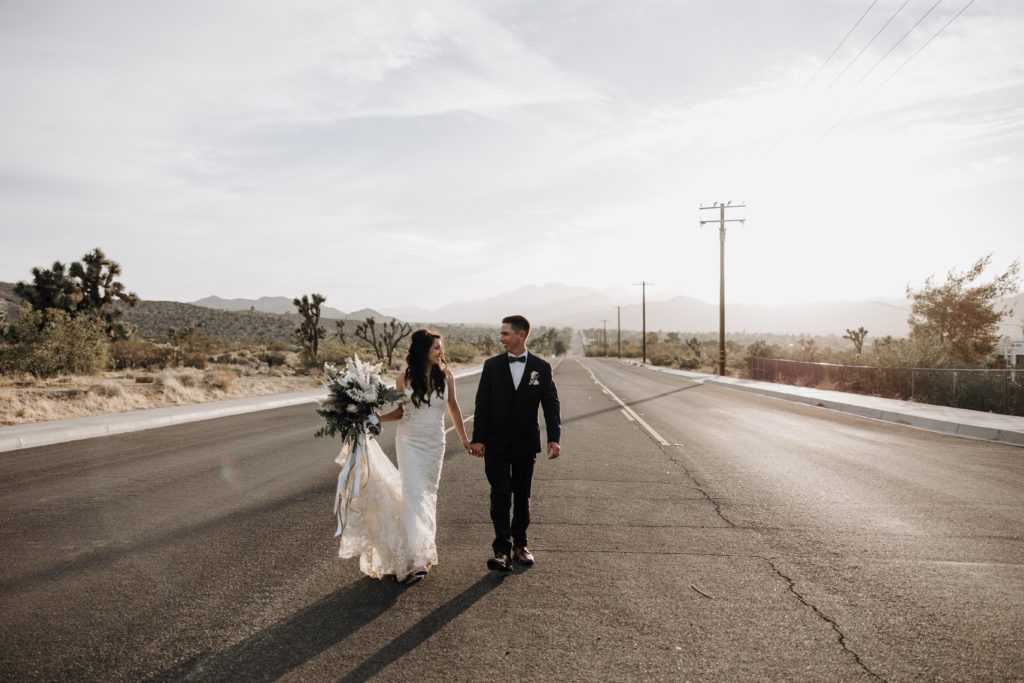
Sunset golden hour
Golden hour usually happens around 30-40 minutes before the sun sets. It is that light that no one can deny is absolutely beautiful.
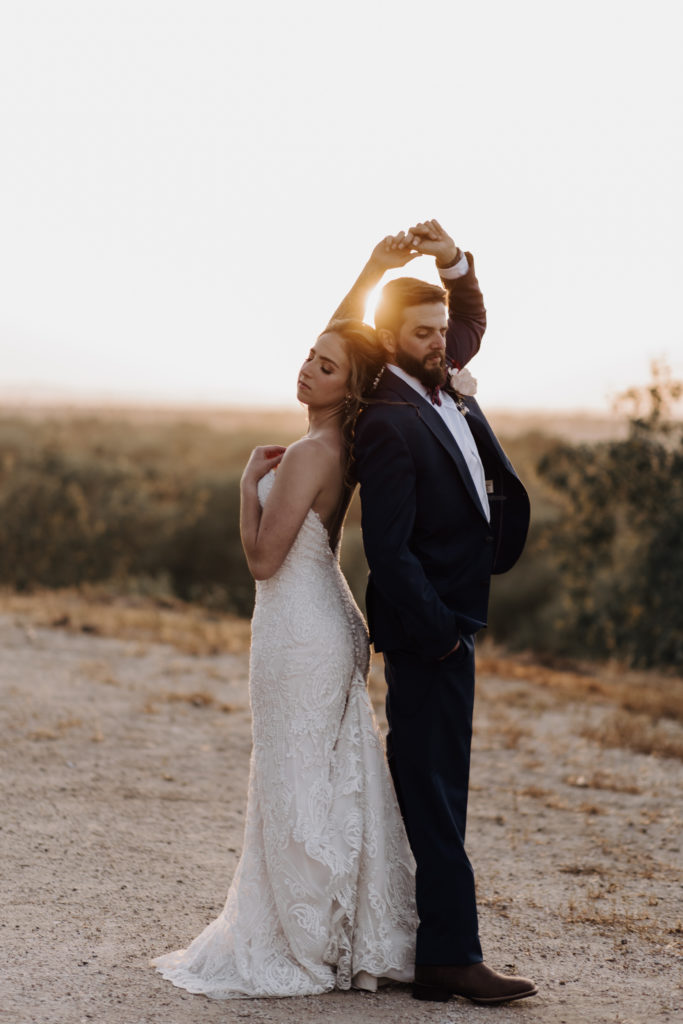
Sunset blue hour
Sunset blue hour hits once the sun goes down but there’s still light in the sky. It gives a whole different feel, and adds dimension to your wedding gallery.
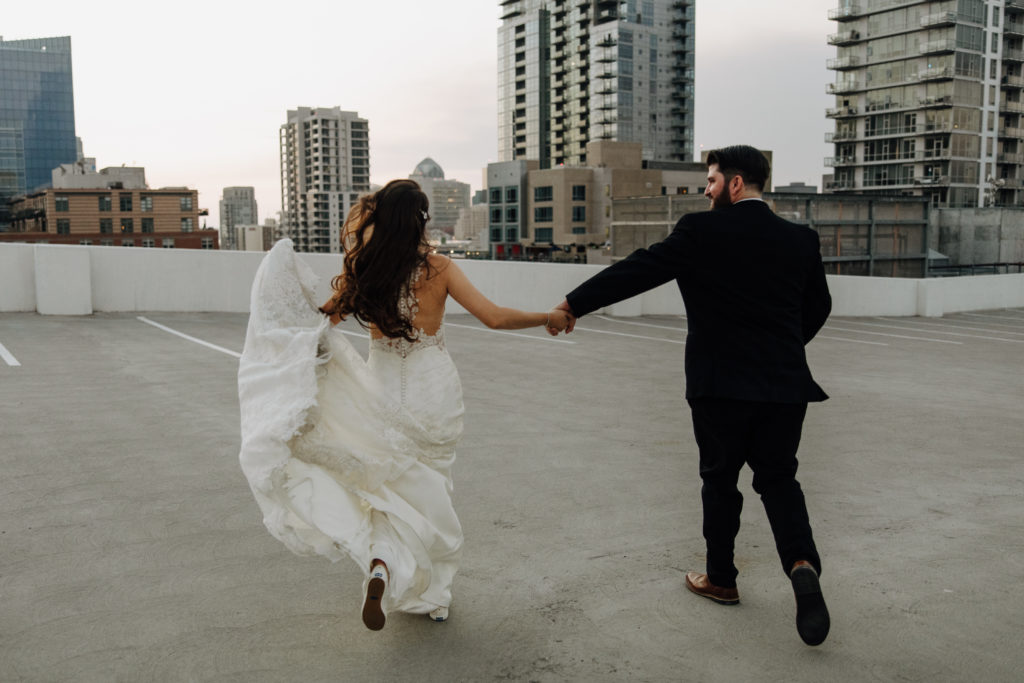
Typical wedding lighting scenarios
I always want to make sure my couples understand that different parts of the wedding day will have different types of lighting, and therefore will create different looks in photos. It’s impossible to have consistent lighting throughout an entire wedding day, so I don’t want couples to be expecting something that isn’t realistic!
Soooo let’s start by going through the most typical wedding day lighting scenarios that I encounter throughout most wedding days!
Indoor lighting
If you’re getting married at any type of venue, we’ll likely encounter indoor lighting throughout the day. Most often, indoor light is present while you get ready, and sometimes for family photos + a reception if it’s indoors. There are two types of indoor lighting scenarios: natural light & artificial light.
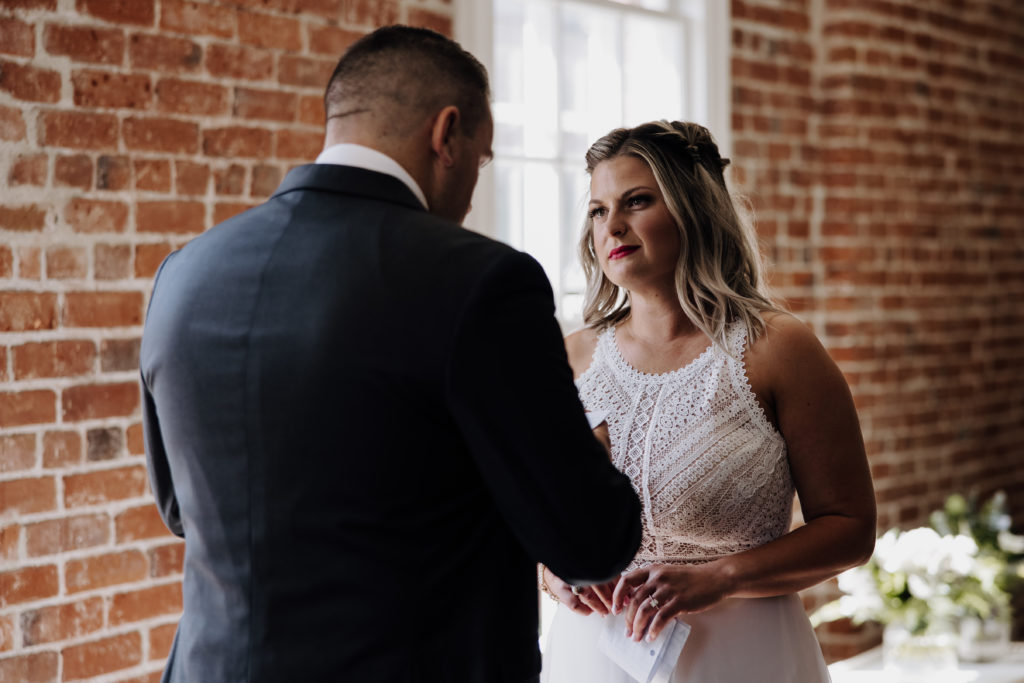
Natural light vs. artificial light
Natural light is when the room that we’re in has windows bringing in natural light from outside! This is the absolute best because windows diffuse harsh light and make it much softer, which makes window light suuuuper flattering on everybody in the room.
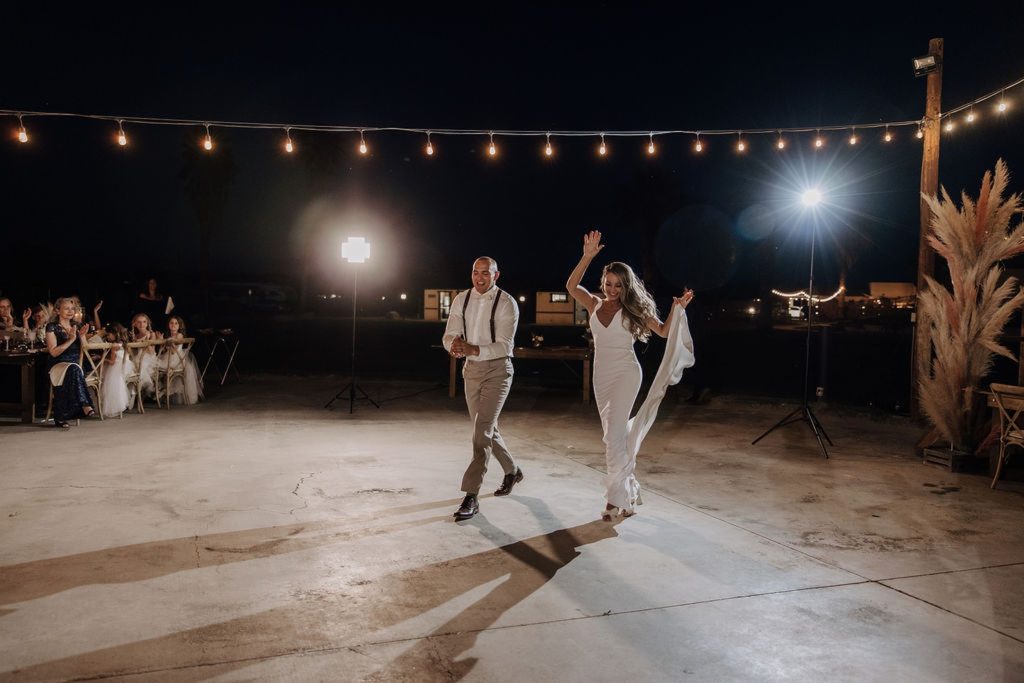
Artificial light is light that comes from lightbulbs, lamps, chandeliers, etc. – it’s just fake light. Artificial light is often pretty warm and orange/yellow, or it can also be cool and fluorescent. I use off camera flashes a ton throughout the reception, which is artificial and ohhhh do I love getting creative with the light that I can control!
Outdoor lighting – direct or overcast
Outdoor lighting shows up often on wedding days, usually during first looks, wedding party/family photos, ceremonies, receptions, sunset photos, etc. Of course it all depends if you’re having an outdoor ceremony/reception, but usually there will be at least some part of your wedding day where we’re outdoors, even if it’s just for some photos at sunset!
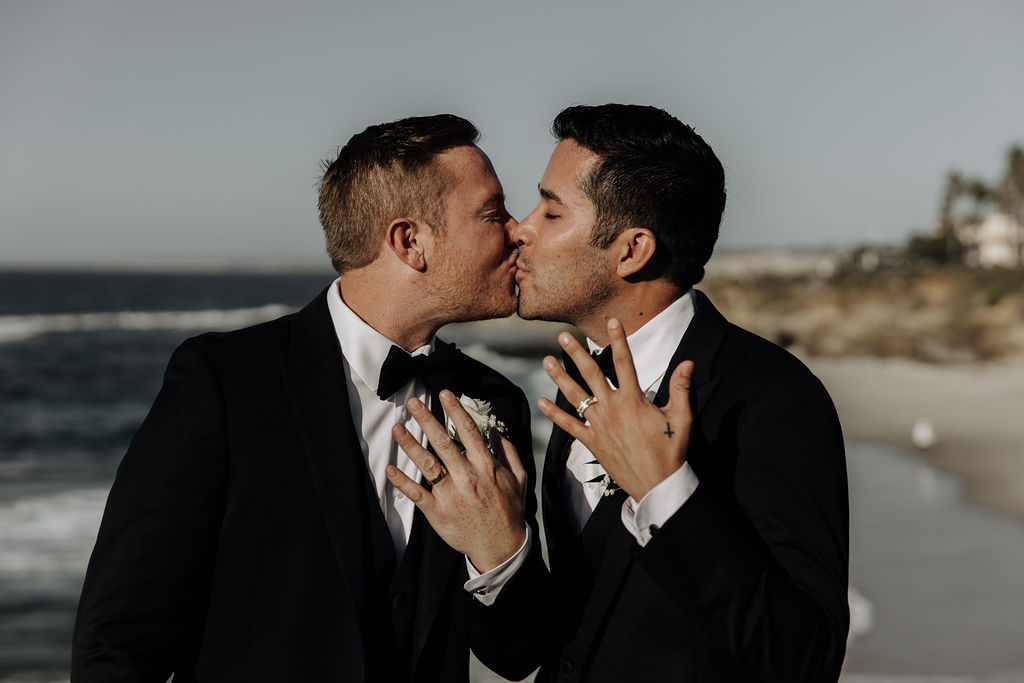
Outdoor lighting at ceremonies: harsh sunlight
A lot of times, the actual ceremony happens in the afternoon (depending on the season of course). If it’s sunny out on your wedding day, that means you’ll be getting direct sunlight during your ceremony.
If you have direct, harsh sunlight for your ceremony, don’t panic! Just know that the lighting in your photos will vary depending on where the sun is at, and where your ceremony is placed.
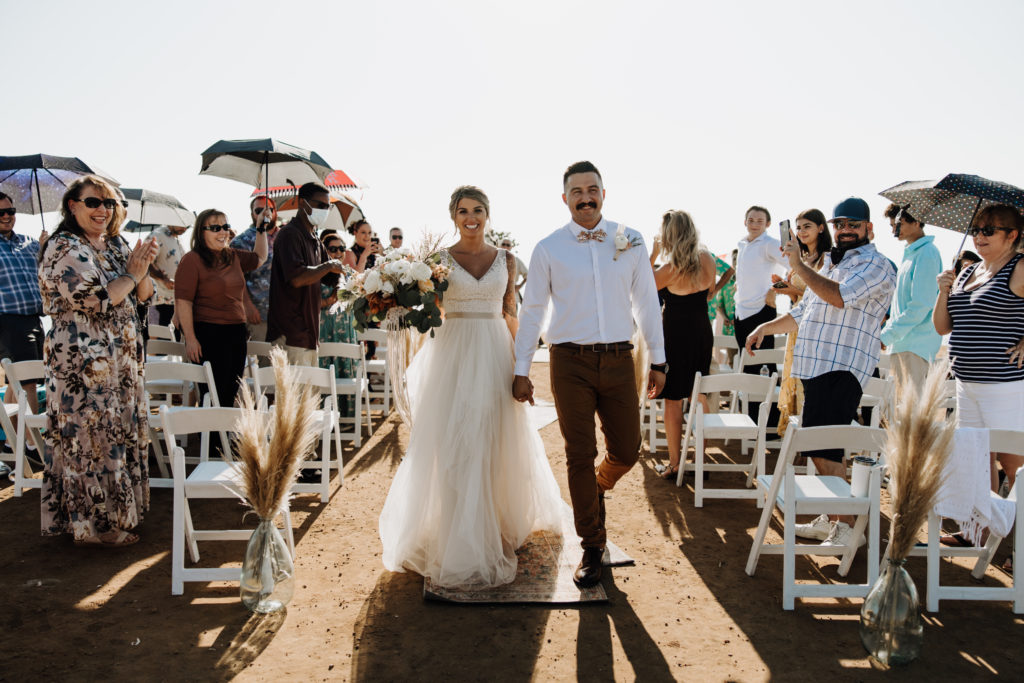
If your altar is placed in front of the sun, you’ll be lit by the sun behind you and backlighting is super flattering. But, keep in mind that that means when you walk down the aisle, you’ll have the sun right in your face – so there will be inconsistent lighting in your photos. Which, again, is totally fine: I just like to make sure my couples are prepared with accurate expectations!
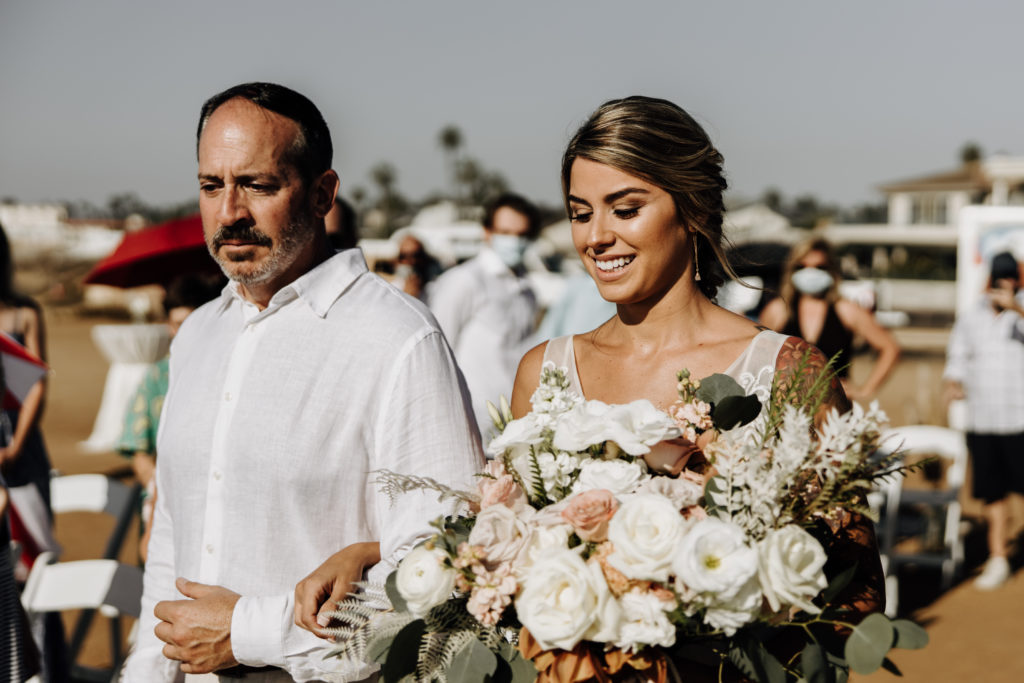
And if you’re getting married under any sort of tree, keep in mind that shadow will occur if it’s sunny out. Make sure your faces aren’t covered so much in shadows that it’s hard to see.
Outdoor lighting at ceremonies: overcast light
Overcast light during outdoor ceremonies is really great, because the lighting will be even on everyone from every angle! It makes it super easy because you can stand wherever you want to while you tie the knot and the lighting will be even + soft no matter what.
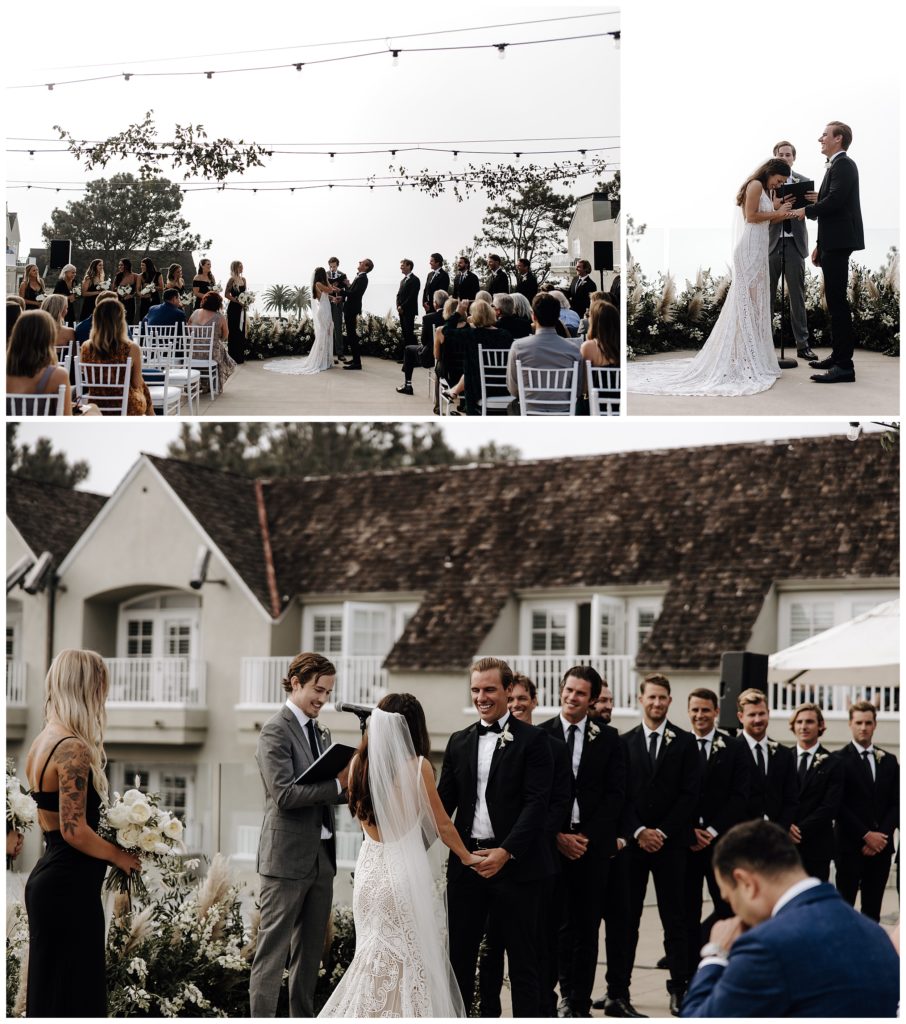
Sunset lighting
I went through golden + blue hour at the beginning of this post, but if it’s sunny out, I like to do romantic sunset portraits with my couples around golden hour if possible with their timeline! You can also do your ceremony at golden hour if it’s summertime and is light out late – so that your reception isn’t fully in the dark if you have your ceremony at golden hour when the sun is going down.
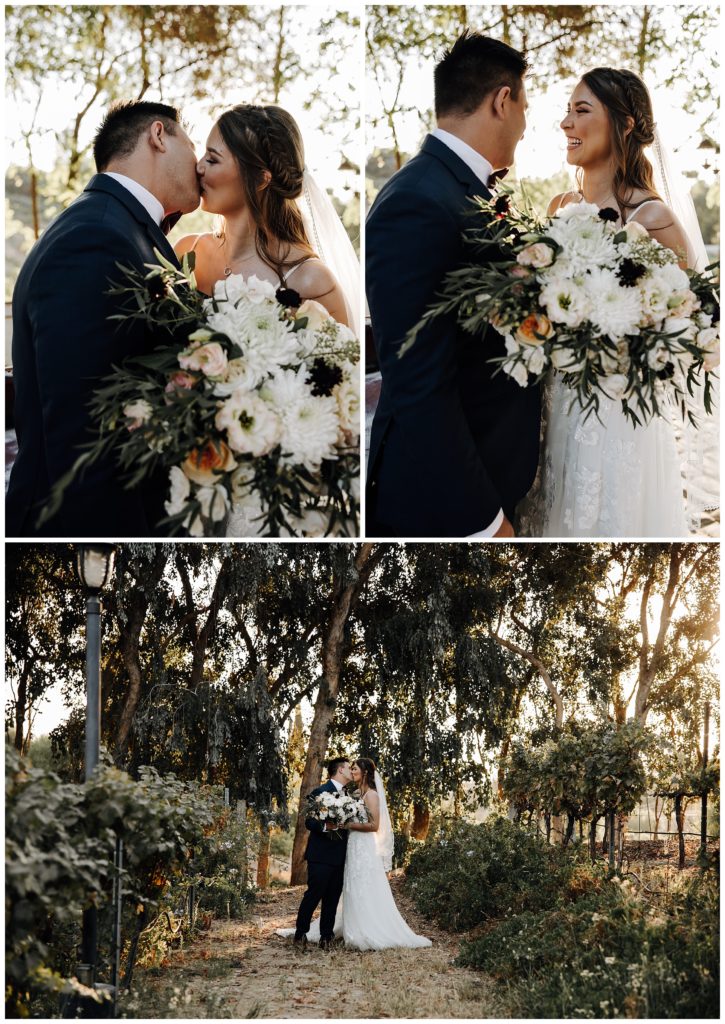
Flash at receptions
Finally, once it gets dark out (usually during receptions), I’ll pull out my flash – which is another type of artificial light! The sun will be gone so all natural light will be gone, which means we’ll rely on fake lighting for the rest of the night.
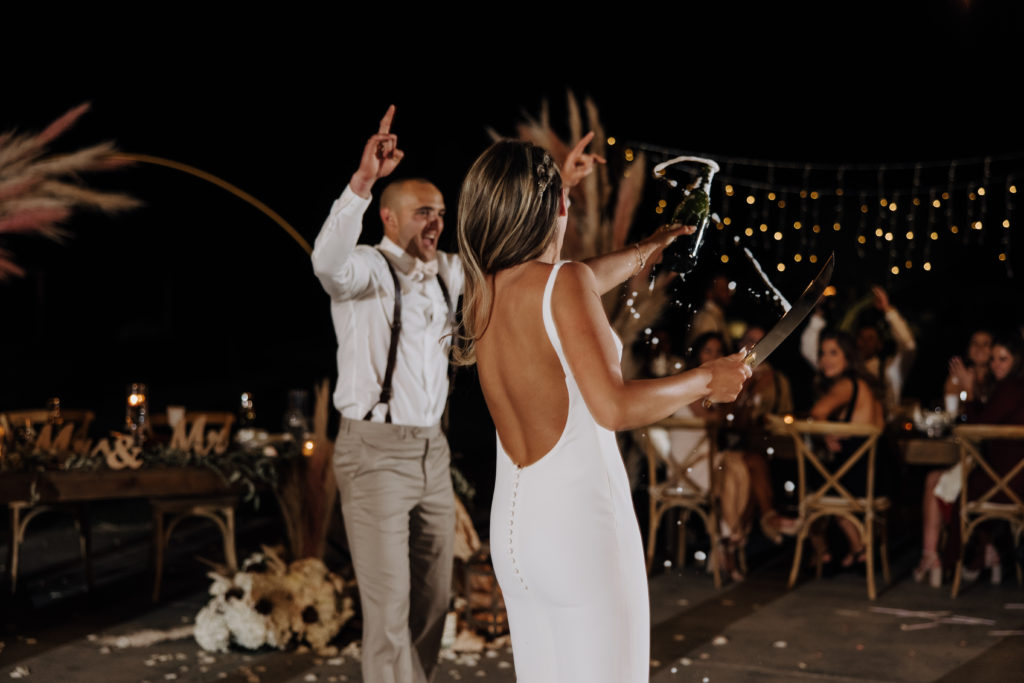
Flash will create a more bold look in your photos: faces will be lit up, and backgrounds behind them will be darker. I personally love the look of direct flash – it creates such a fun party look that my couples love!! Check out this blog to see some awesome examples of flash at the reception!
Wedding day tips – how to use lighting to your advantage
Now that I’ve walked you through the different types of lighting you may encounter on your wedding day, let’s go through my top tips on how to best use lighting to your advantage on your wedding day!!
Have as MUCH window light available as possible
I said it above already, but window light is seriously soooo flattering on EVERYBODY. If you’re getting ready or taking any photos indoors, have as much window light available as possible! This is why I’ll always ask you to face the window or move closer to the window while you put your dress/tux/shoes/etc on.
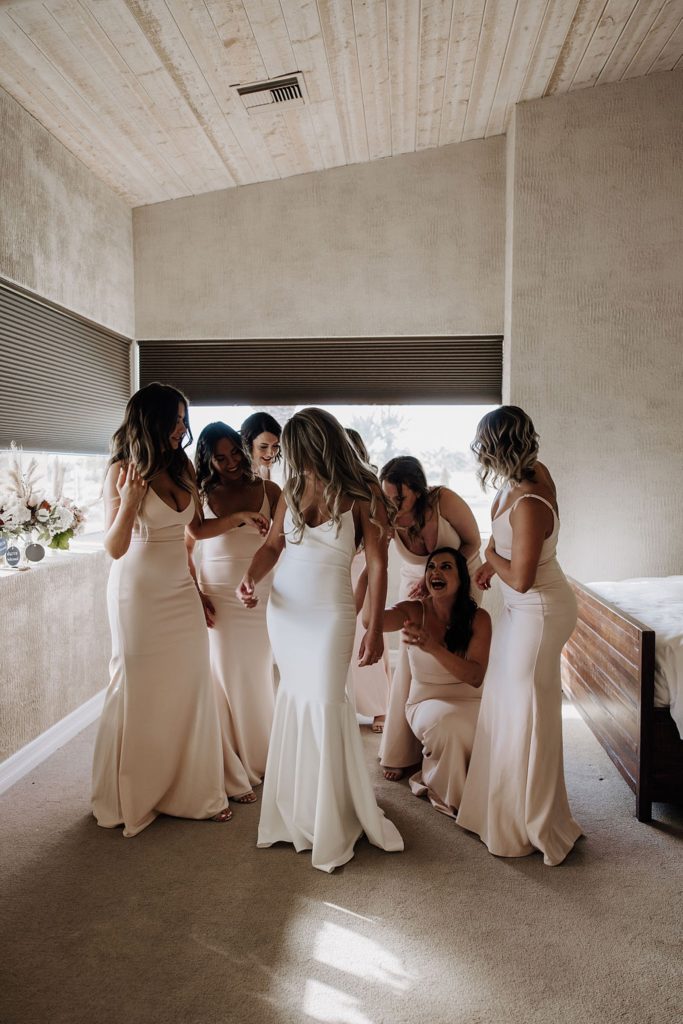
Keep your artificial lighting consistent
This is a bigggg one. As much as you’re able to, keep your artificial light consistent in tone + color. That means try to avoid having one super warm lamp in the same room as a bright fluorescent light hanging from the ceiling. Mixing tones of light in one room will cause all sorts of weird skin tones and coloring, and can really affect how flattering the light is on you!
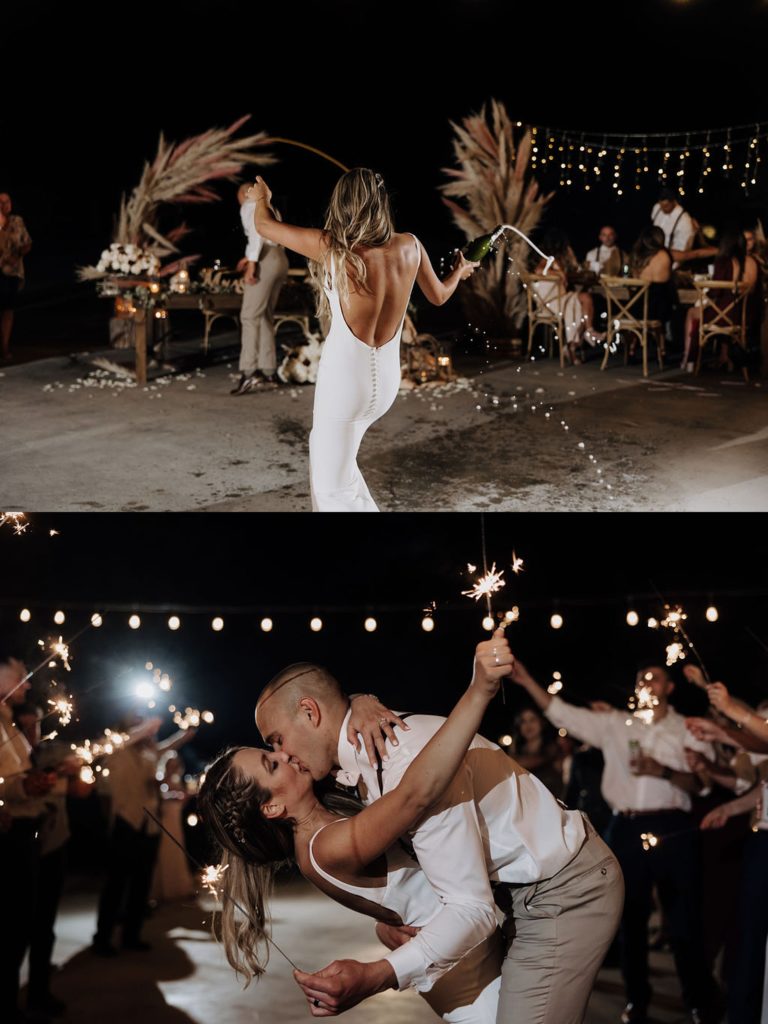
For outdoor ceremonies in the sun, position yourselves out of any shadows
If your ceremony is outdoors and in the bright sun, prioritize where you & your partner will be standing, since that’s what most of the ceremony photos will be of!! Position yourselves out of any shadows + in the most flattering light possible. Your guests can deal with some shadows on their faces if they have to!
Use artificial lighting once it gets dark out
If you’re having an outdoor reception, take advantage of string lights!! They add a beautiful touch to the vibe of a reception and help bring more light to everyone’s faces.
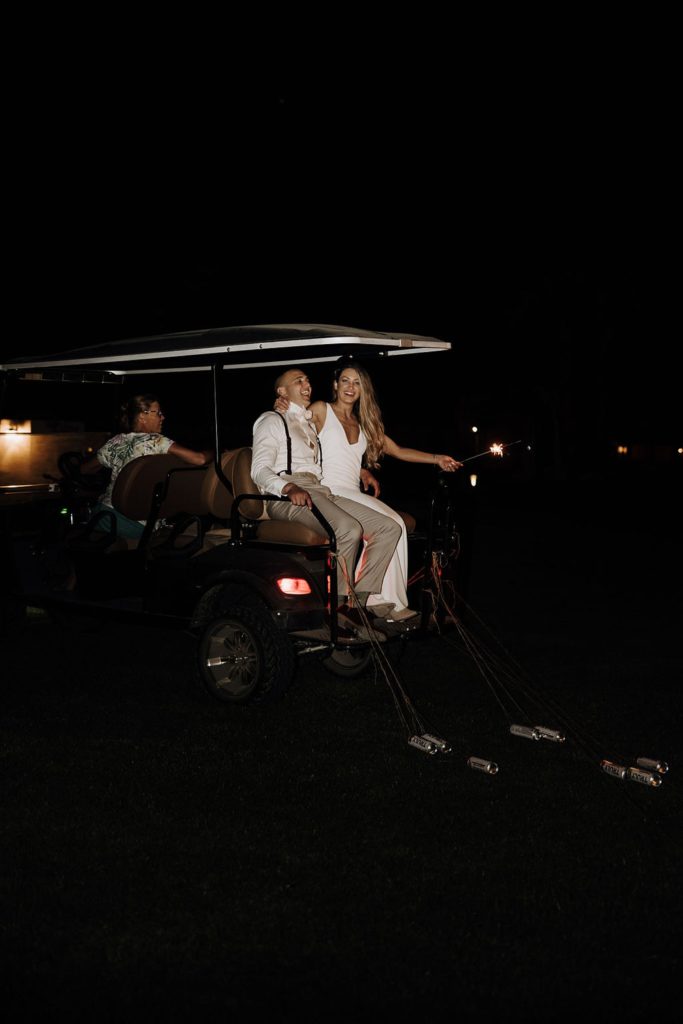
Embrace the flash
Using flash is so fun because of how much of a bold, party vibe it gives, like I mentioned above!! Embrace the flash during your reception and let’s get creative with it together – it may not be the flattering natural light we had earlier in the day, but it’ll create a ton of variety + fun different looks in your gallery of photos.
Prepare for any + all types of weather
Lastly, my biggest tip is to prepare for any and alllll types of weather because weather is what affects the lighting we’ll get. If you plan your entire day around a sunny summer day and it ends up raining, I don’t want you to be disappointed!! As a photographer I’ve really learned to love + appreciate all the different types of light that I work with, and I promise I’m a pro for a reason: I can make all lighting scenarios look great, so don’t worry!!
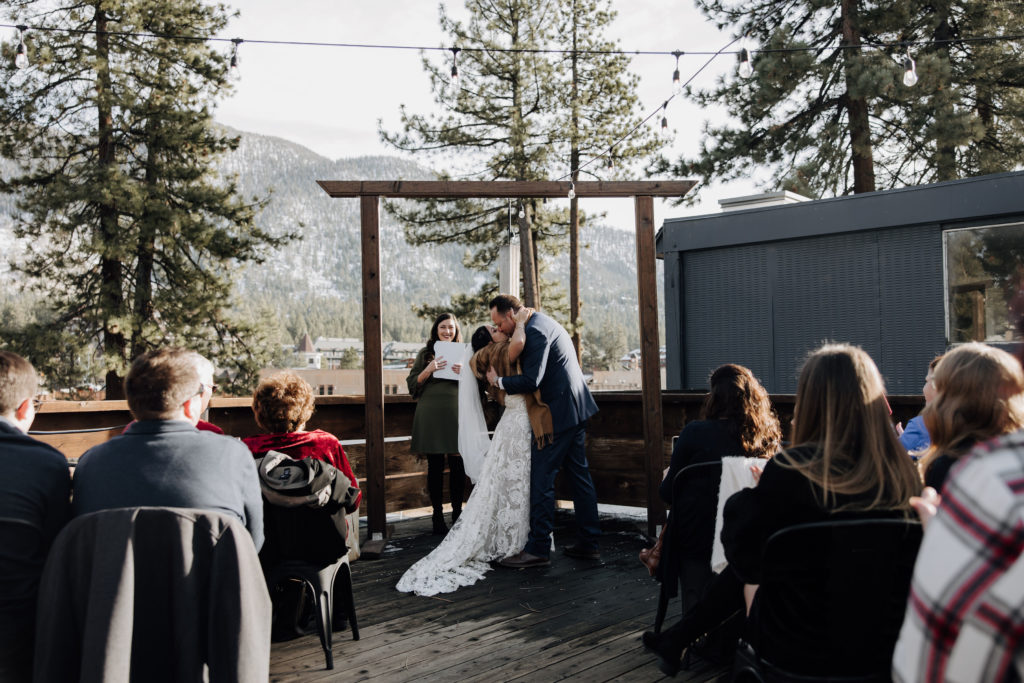
Lighting + locations: how do they relate?
Finally, I wanted to briefly mention how important LOCATION is in relation to lighting, and how they go hand-in-hand!!
This applies to both weddings and sessions: location totally determines what the light in your photos will be like, and also what colors/tones will be present.
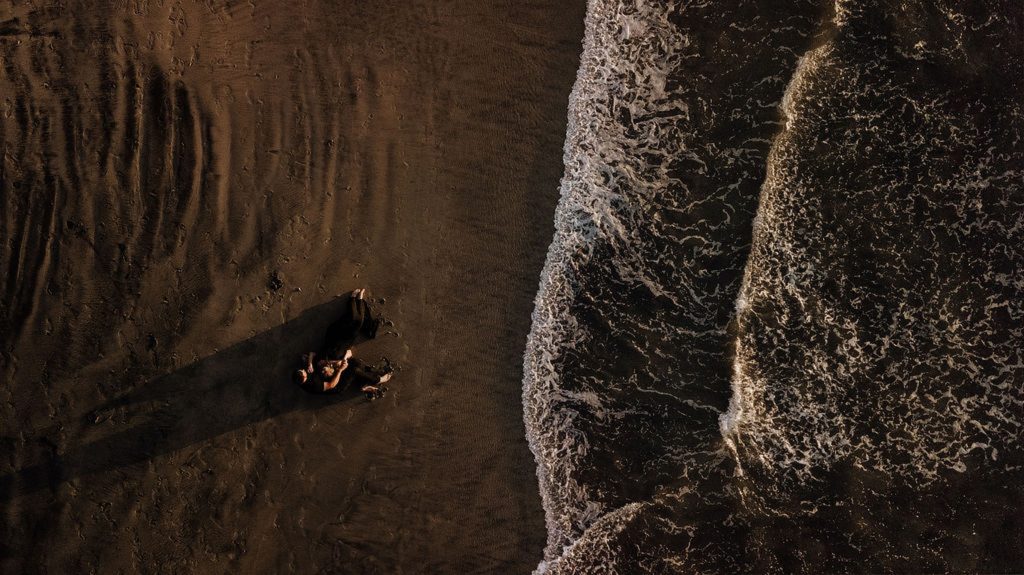
If we’re shooting outside in a grassy field, we’ll have WIDE open space with no trees or anything to block direct light. So we’ll get creative with where the light is at and use shadows to our advantage!
If we’re shooting outdoors in a forest, we’ll have trees that can block direct light. Trees can also make it darker outside if i t’s already overcast, so we’ll have to shoot earlier in the day.
If we’re shooting downtown in a more urban location, more light will get blocked by buildings and we’ll get a slightly moodier vibe.
There are SO many variables to take into consideration when thinking about lighting, which is why I always make sure to guide my couples through choosing locations + helping with wedding day lighting!! I’ve got you covered – I’m the pro here, so it’s my job. Together we’ll make any + all lighting scenarios look beautiful, as long as we set realistic expectations + understand the inconsistency of lighting on a wedding day!! Check out my Instagram to see all of my latest and greatest!
comments +